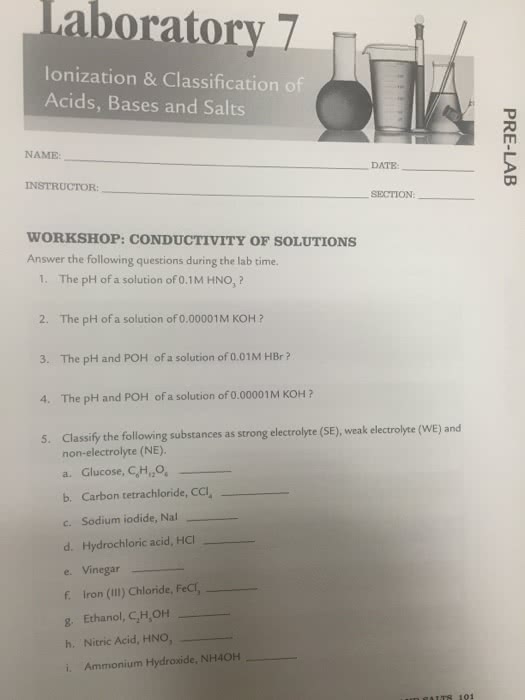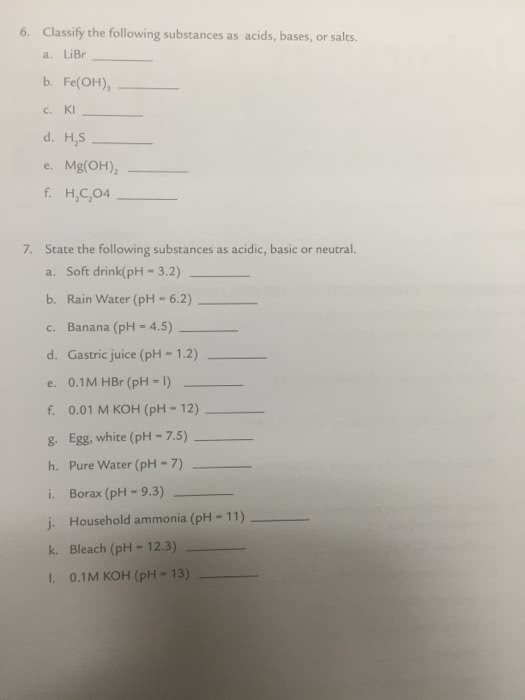CHEM 121 Lecture Notes - Lecture 6: Mnemonic, Solubility Table, Lead
Document Summary
Chem121 - lecture 6 - composition of solutions and types of chemical reactions. Strong electrolyte has more dissociation (more free ions) 1) soluble salts: salts does not include ionic compounds that contain oh- 2) strong acids: acids that totally dissociate into h+ and a- Hcl, hno3, h2so4, hi, hbr, hclo4, hclo3. 3) strong bases: soluble compounds containing oh- ions. Weak electrolytes produce relatively few ions when dissolved in water. 2) weak bases: produce small amount of oh- in solution. Non-electrolytes have no free ions (molecular compounds) Co2, c12h22o11 (sucrose), ch3oh (methanol), ch3ch2oh (ethanol) Molarity: m = (moles solute)/(litres solution) = mol/l. Calculate the molarity of the solution prepared by dissolving 11. 5g of naoh in enough water to make 1. 50l of solution. What are aluminum and sulfate ion concentrations in a 0. 0165 m solution of. [al3+] = 2 x [al2(so4)3] = 0. 0330 m. 2-] = 2 x [al2(so4)3] = 0. 0495 m (aq) By weight: 106 x [(mass of solute)/(mass of solution)]





